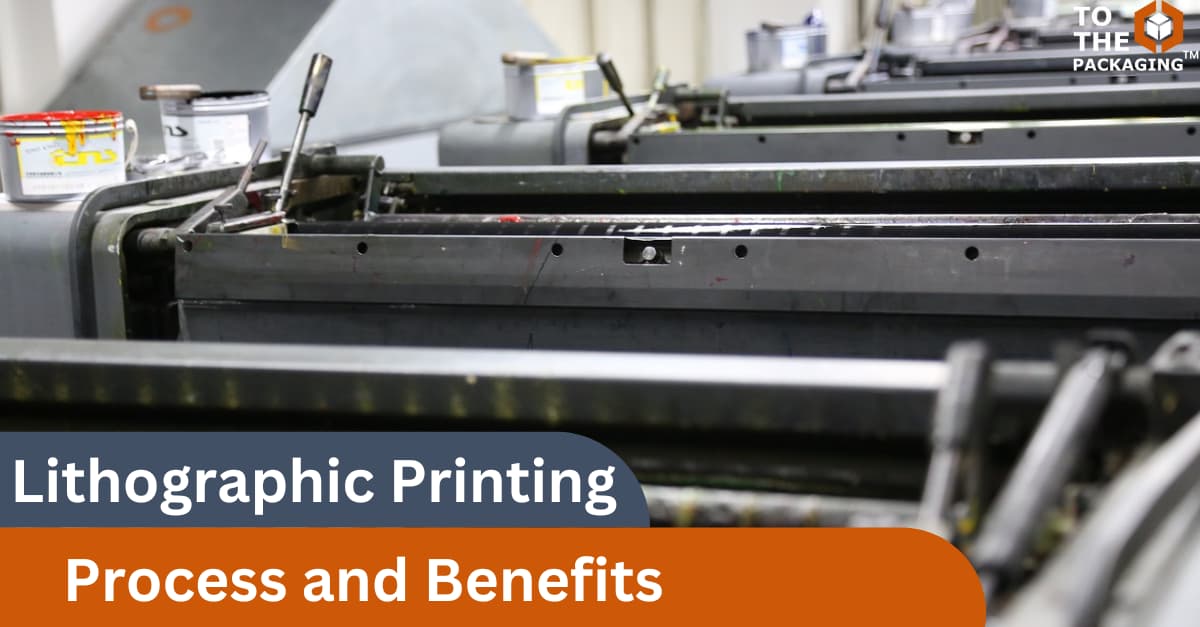litho printing for Large-Scale Commercial Projects
Wiki Article
A Comprehensive Overview to Recognizing Litho Printing Techniques
The world of litho printing, a method originating from the late 18th century, is a remarkable blend of history, advancement, art and scientific research. Stay with us as we trip right into the captivating world of litho printing.The Historical Development of Litho Printing
The historical trajectory of litho printing, a critical development in the realm of interaction, is a fascinating tale of human ingenuity. The process evolved with the advent of the rotating press, which substantially boosted efficiency. Each stage of litho printing's advancement showcases mankind's relentless pursuit of efficiency and quality in visual interaction.Deciphering the Science Behind Litho Printing Inks
Progressing in the expedition of litho printing techniques, the focus currently moves to the science behind litho printing inks. The make-up of these inks, their drying process, and shade mixing methods form the foundation of this complicated art kind. Understanding these components is crucial to understanding the craft and accomplishing the desired print results.Structure of Litho Inks
In lithographic printing, the essential duty of litho inks can not be overemphasized. The structure of litho inks varies relying on its function, however typically, they contain 2 primary components - automobiles and pigments. Pigments, the color-providing components, are carefully ground bits suspended in the vehicle, a fluid that brings the pigment onto the printing surface. The automobile is an intricate mixture of solvents, oils, and materials, which influence the ink's drying time, adhesion, and gloss. In addition, different ingredients are present to boost specific homes like circulation, drying, and resistance to environmental effects. Each component plays a crucial part in the last print's quality, making the accurate solution of litho inks an elaborate scientific research.Ink Drying Refine
From the composition of litho inks, focus turns to the interesting process of ink drying. The drying out process is essential, as it influences the last print's top quality and durability. Two key techniques are made use of in litho printing: oxidative drying and absorption. Oxidative drying includes the ink responding with oxygen airborne to create a tough, dry movie. This technique supplies a resilient surface, but can be slower compared to absorption. Absorption, on the various other hand, entails the ink seeping into the paper fibers, which is a much faster procedure but can cause much less dynamic colors. The selection between these techniques depends on variables such as print speed requirements, the paper kind made use of, and the desired surface.Color Combining Strategies
While the drying out process plays a vital function in litho printing, the science of color blending methods holds equal significance. This is a complicated process that involves the careful blending of main shades: cyan, magenta, and yellow, in differing proportions to attain a large variety of shades. The enhancement of black ink, called 'key', assists in regulating the intensity and depth of the shades. The scientific research behind litho printing inks likewise considers the openness of the ink, which influences just how colors overlay and mix. To accomplish a reliable shade mix, Your Domain Name print specialists must also recognize the ins and outs of ink behavior, shade concept, and the physical residential properties of the substrate on which the ink is used.The Art and Style Elements in Litho Printing
Litho printing takes a breath life right into art and style with its distinct elements. Litho printing accommodates a selection of shades, allowing musicians to create vibrant and dynamic prints. This combination of precision and adaptability makes litho printing a favored choice for many artists and designers.Modern Applications of Litho Printing Methods
Litho printing techniques have located substantial use in the modern-day industrial sector. Its impact and significance remain to grow with the development of brand-new developments and technologies in the area. This section will certainly explore these modern applications and the transformative role they play in the printing market.
Commercial Litho Printing Utilizes
Litho printing continues to be an important component of the commercial market. High-volume printing jobs, such as the manufacturing of publications, newspapers, and packaging, depend on litho printing for its capability to deliver exceptional picture high quality and cost performance. Litho printing additionally gives a wide shade range, premium to that of electronic printing.Technologies in Litho Printing
Pressing the limits of traditional methods, modern innovations have sustained a host of advancements in litho printing. One prominent growth is digital litho printing, which incorporates the virtues of electronic innovation with litho's top quality result. These innovations highlight the enduring importance of litho printing in the contemporary world.Checking out the Process of Litho Printing: Action by Step

Challenges and Solutions in Contemporary Litho Printing

Regardless of the accuracy and practice that litho printing happily promotes, it is not without its collection of modern obstacles. Digital litho printing permits click now for cost-efficient brief runs and very easy modification, resolving the concern of variable information. Hence, while there are obstacles, the litho printing market is proactively adapting to fulfill them head-on, ensuring its significance in the future.
Verdict
Finally, litho printing, with its abundant history and scientific details, holds a substantial area in the print market. As the guide reveals, it's a synthesis of art and innovation, with modern advancements ensuring its relevance. However, the market faces challenges that call for cutting-edge options, with a focus on automation and sustainability. The future of litho printing rests on its capacity to adapt to these changing demands, attesting its long-lasting value in a developing market.
Report this wiki page